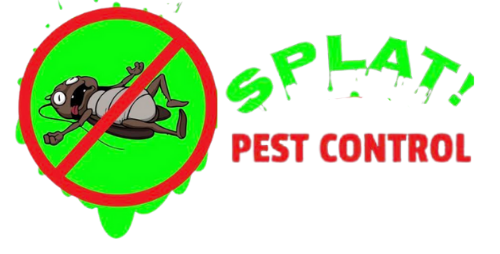Box Elder Bug Control
Box Elder bugs get their name from the trees, where they often feed and lay their eggs. They're also attracted to some fruit trees and maples. They are tiny, measuring about half an inch long, and relatively thin. They're often mistaken for other insects like Squash Bugs and Leaf-Footed Bugs. As babies, they are red; when they reach adulthood, their bodies are primarily black, decorated with three bright red stripes and red-lined wings. They thrive in a cycle, with the females laying eggs in the spring, those nymphs reaching full size by late summer, and the bugs plaguing households in the fall and winter. Box Elder bugs aren't just unsightly and numerous. They also do significant damage. They eat plants, chewing holes in leaves and flowers. They also munch on grapes and fruits like plums, apricots, and peaches. They eat seeds as well, damaging gardens and agricultural fields alike.
The pests rest from the heat and lay eggs in narrow crevices. They may do so in tree trunks hollowed out or under rocks and debris outside. If they're near your home or business, they're likely to choose small cracks in walls and windows and around the foundation of the building. They often seek shelter inside buildings to avoid heat, cold, and rain. Winter infestations in homes and businesses as the bugs hide from the cold weather are very common. These pests can also travel a long way seeking out shelter. Their tiny wings can carry them up to two miles as they search for an excellent spot to settle down.
If a group of them decides your house is an excellent place to shelter from the elements, you may notice that a tiny nuisance becomes a significant infestation in no time. They sneak through entry points at places you might expect, like doors and windows, and crafty places like ceiling lights, dryer vents, outdoor faucets, and siding.
Getting rid of them on your own is no easy task. One problem is that you can't merely squish them because they give off a horrible odor. That odor will linger with enough of them without any smashed bugs present. Their feces and urine stain fabrics and walls, leaving discoloration and a foul scent.
We understand no two pest issues are the same. That means solving the problem takes more than spritzing some insecticide here and there. The nuances of the building you want to be protected, the land around it, and the factors that could draw pests to the property will vary with each customer. Every service plan with Splat Pest Control will be tailored to fit your needs. Contact us today for an estimate and be on your way to a pest-free property.
